If you’re looking for some fun experiments to do at home, you won’t want to miss this FREE collection of hands-on learning ideas for both indoor and outdoor science time!
Here are a few of the activities included in the download:
- Ice-cube-sized Igloos—what’s the special “glue” that holds them together?
- Rock Candy Sticks—what role do “seed” molecules play?
- Bath Salts—why do they improve the effectiveness of soap?
- Crystal Snowflakes—how do they really form?
- Snow Globes—why do the “flakes” sink in water?
- Sugar Scrub—how does the sweet stuff clean your skin?
Take a few minutes to download your 21 Winter Science Experiments guide now by clicking the image below!





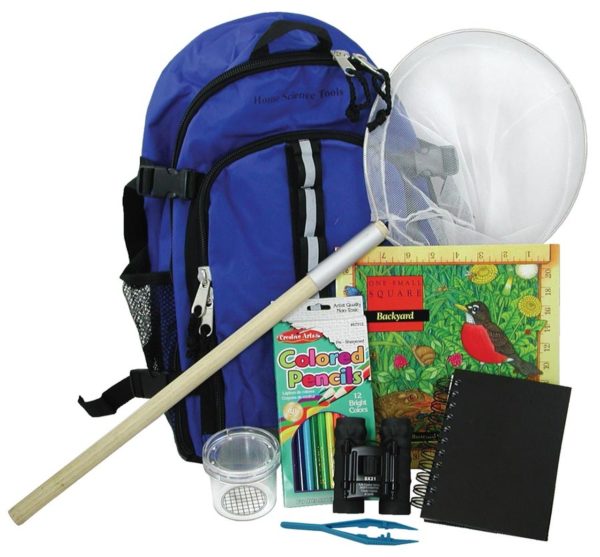
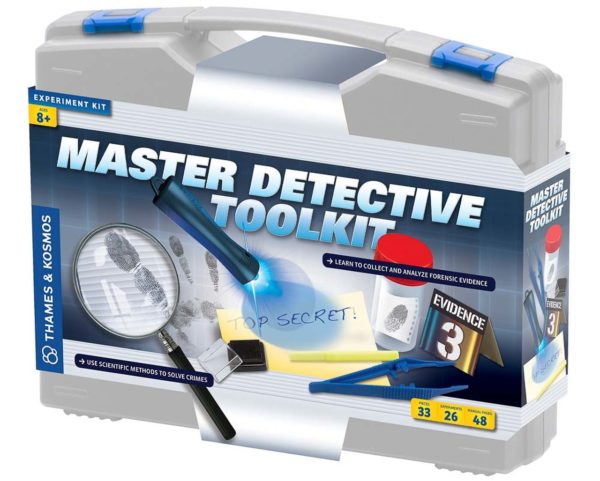
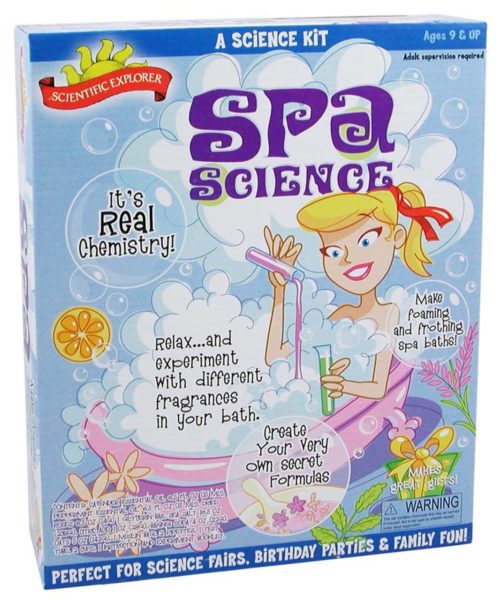
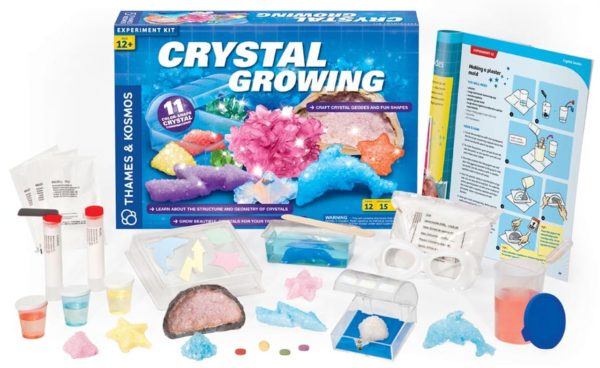
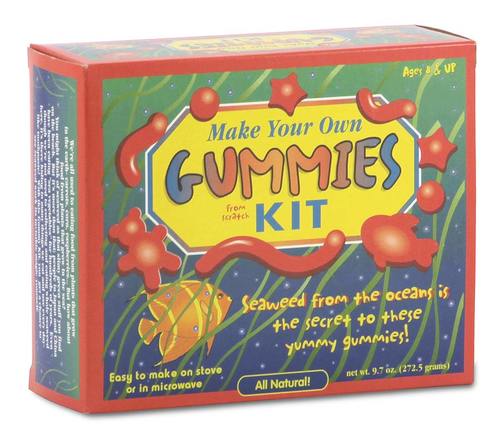
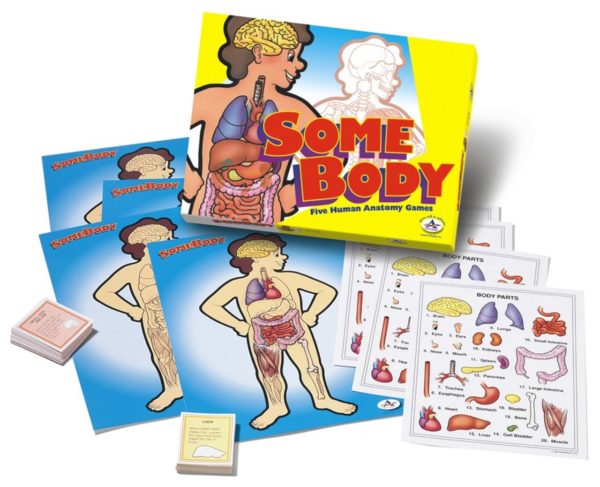
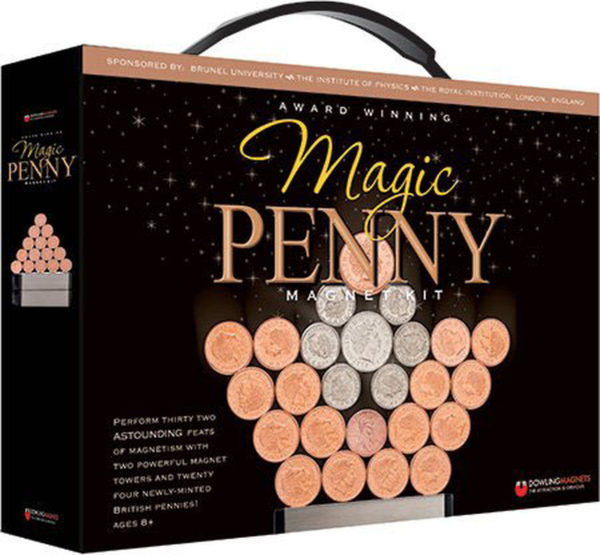
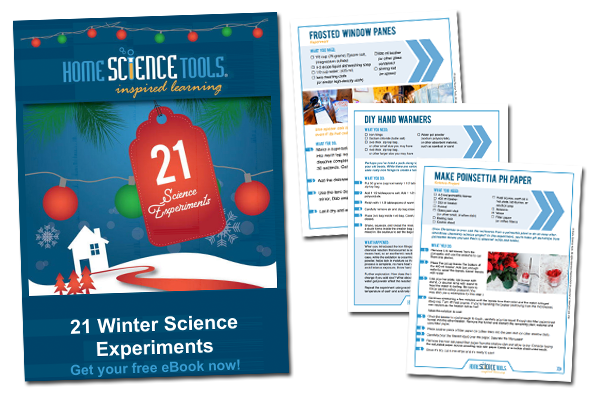

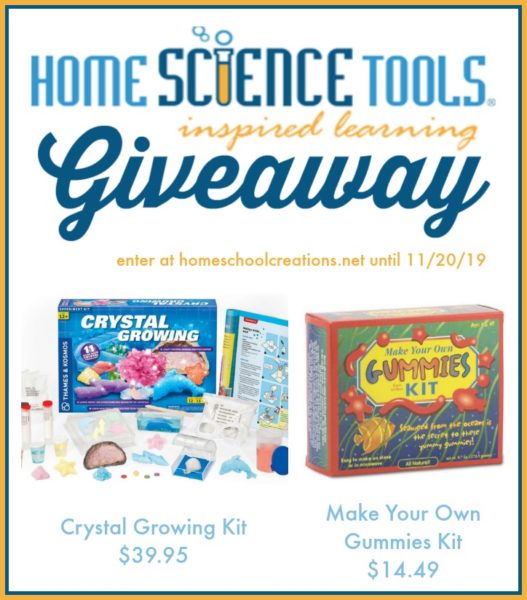

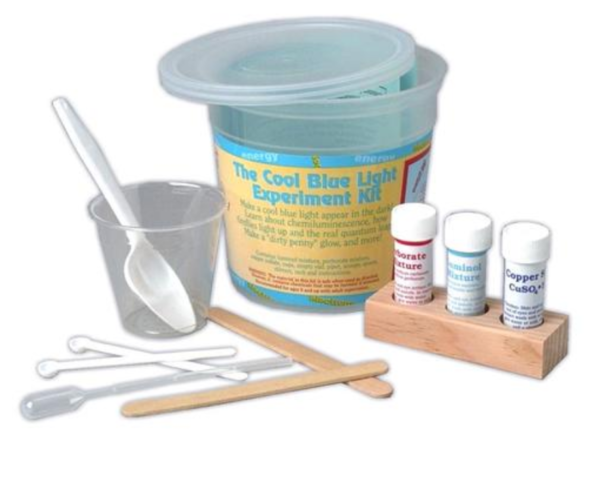

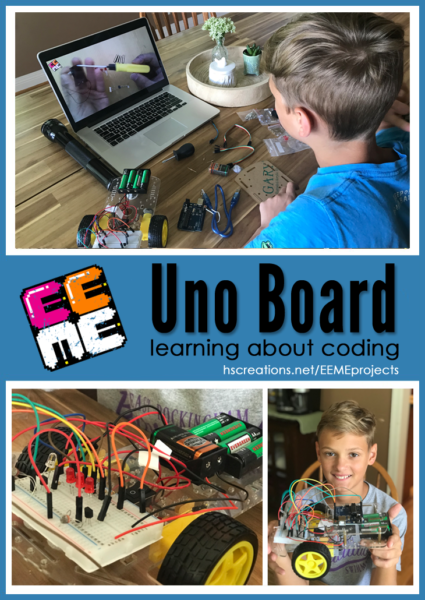
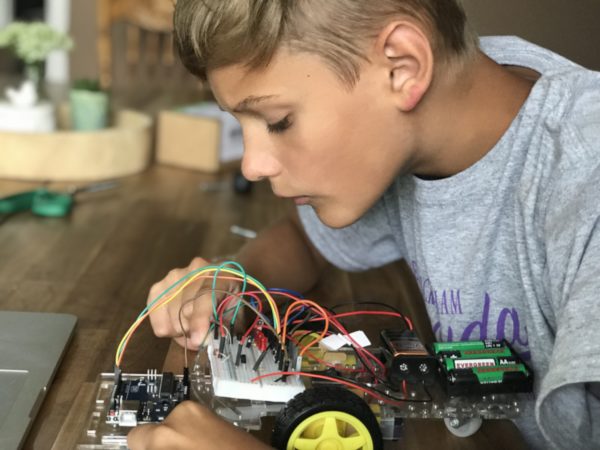
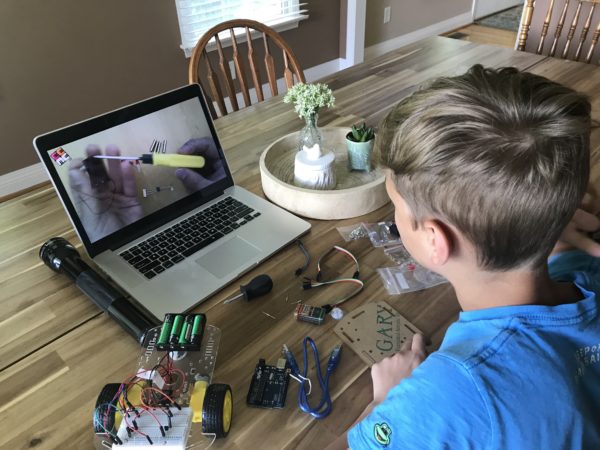
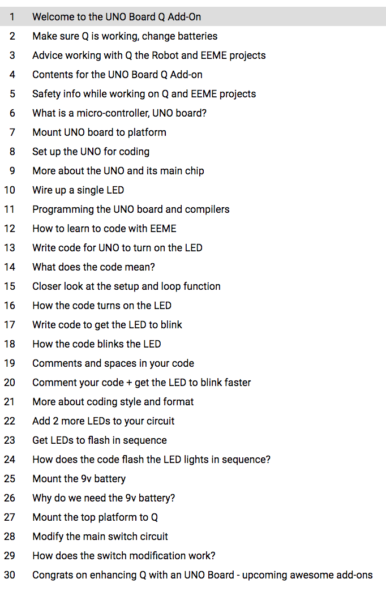
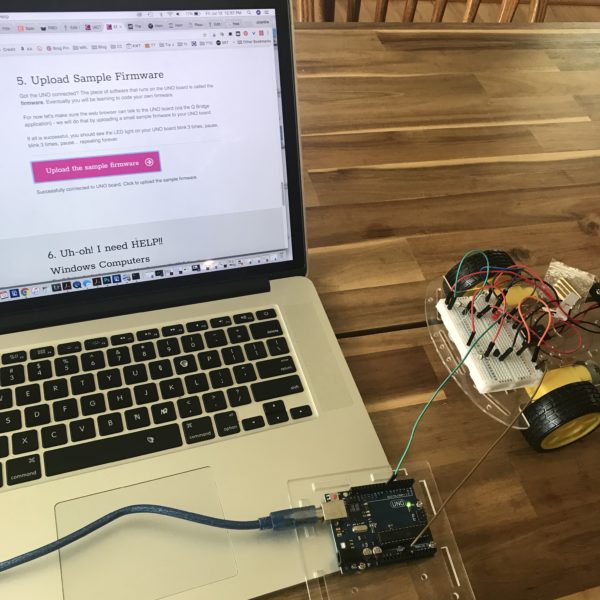
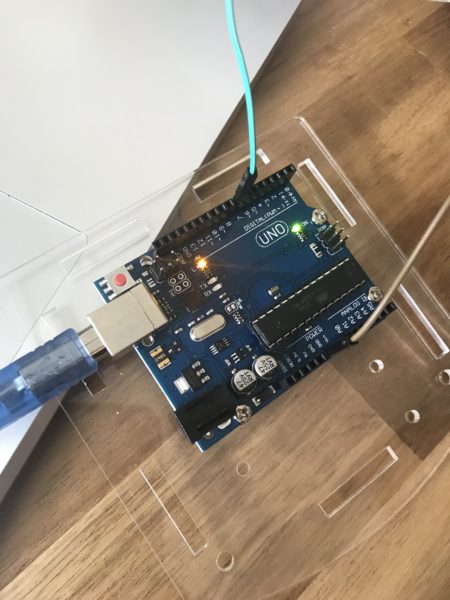
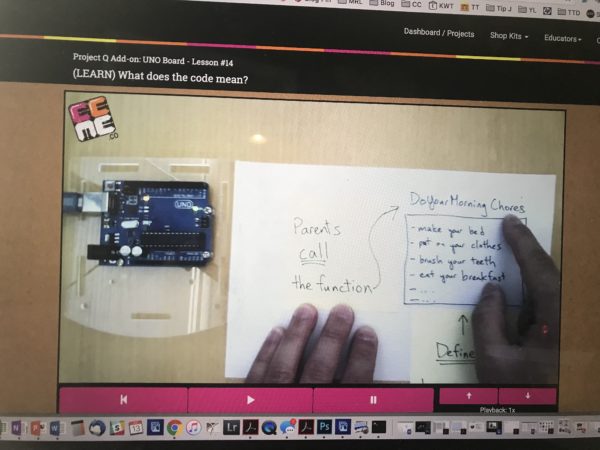
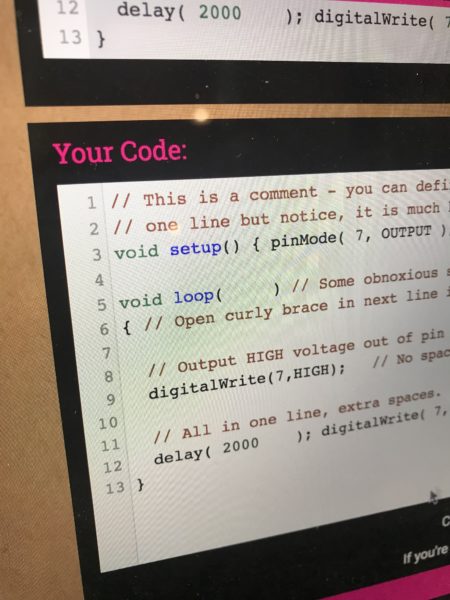
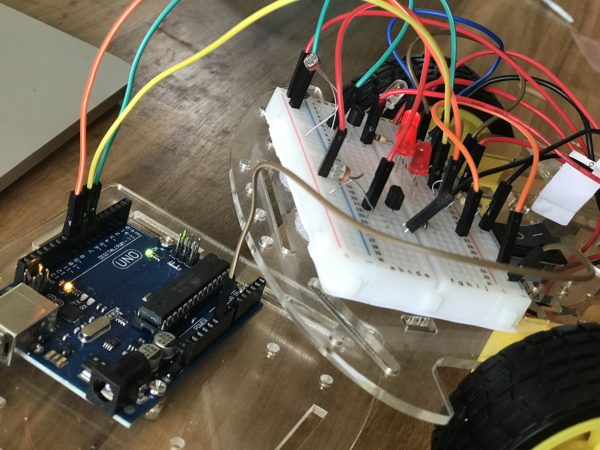
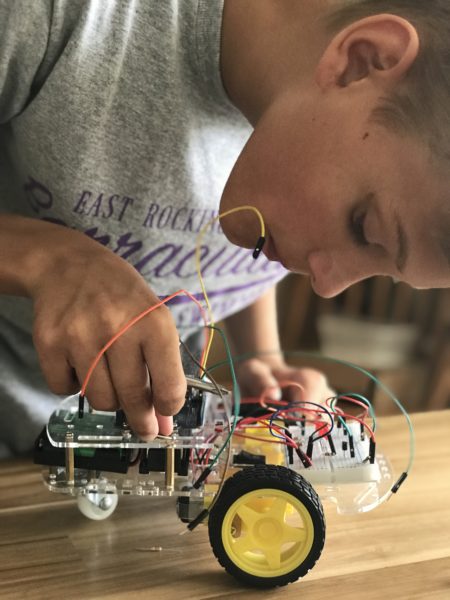
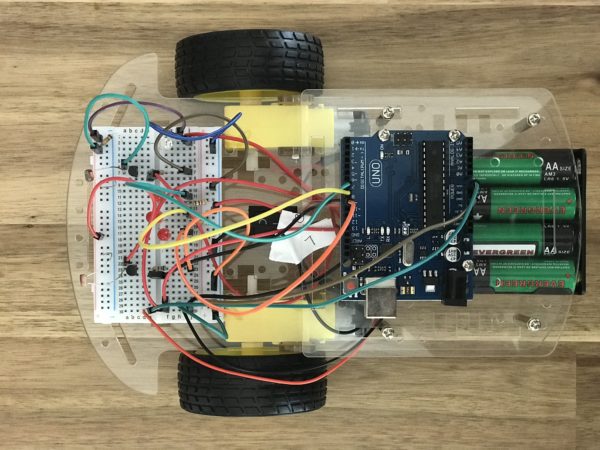
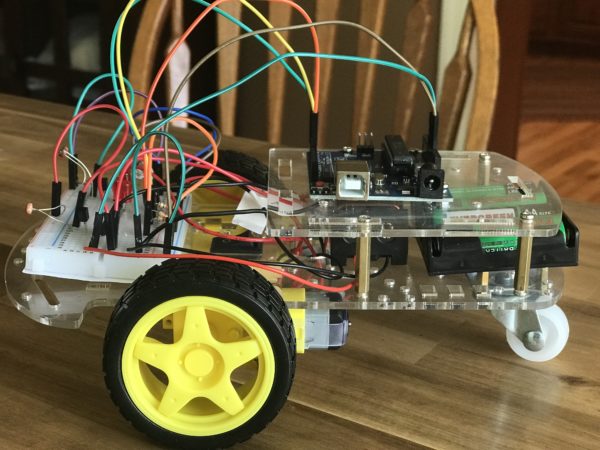
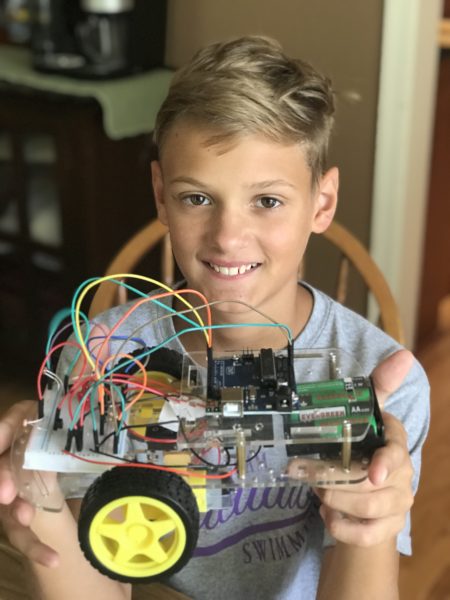
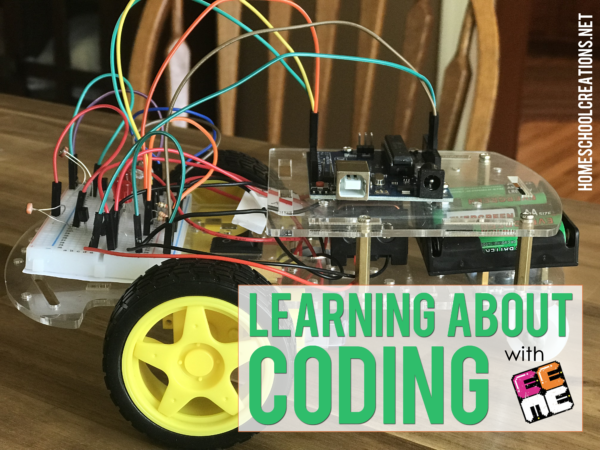
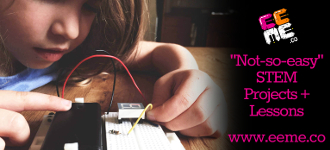




 The printables shared on this site are FREE of charge unless otherwise noted, and you are welcome to download them for your personal and/or classroom use only. However, free or purchased printables are NOT to be reproduced, hosted, sold, shared, or stored on any other website or electronic retrieval system (such as Scribd or Google docs). My printables are copyright protected and I appreciate your help in keeping them that way.
If you download and use some of my printables and then blog about them, please provide a link back to my blog and let me know - I'd love to see how you are using them! Please be sure to link to the blog post or web page and not directly to the file itself. Thank you!
The printables shared on this site are FREE of charge unless otherwise noted, and you are welcome to download them for your personal and/or classroom use only. However, free or purchased printables are NOT to be reproduced, hosted, sold, shared, or stored on any other website or electronic retrieval system (such as Scribd or Google docs). My printables are copyright protected and I appreciate your help in keeping them that way.
If you download and use some of my printables and then blog about them, please provide a link back to my blog and let me know - I'd love to see how you are using them! Please be sure to link to the blog post or web page and not directly to the file itself. Thank you!